Telling conservation stories: Rooted in science, expressed through art
June 10, 2025
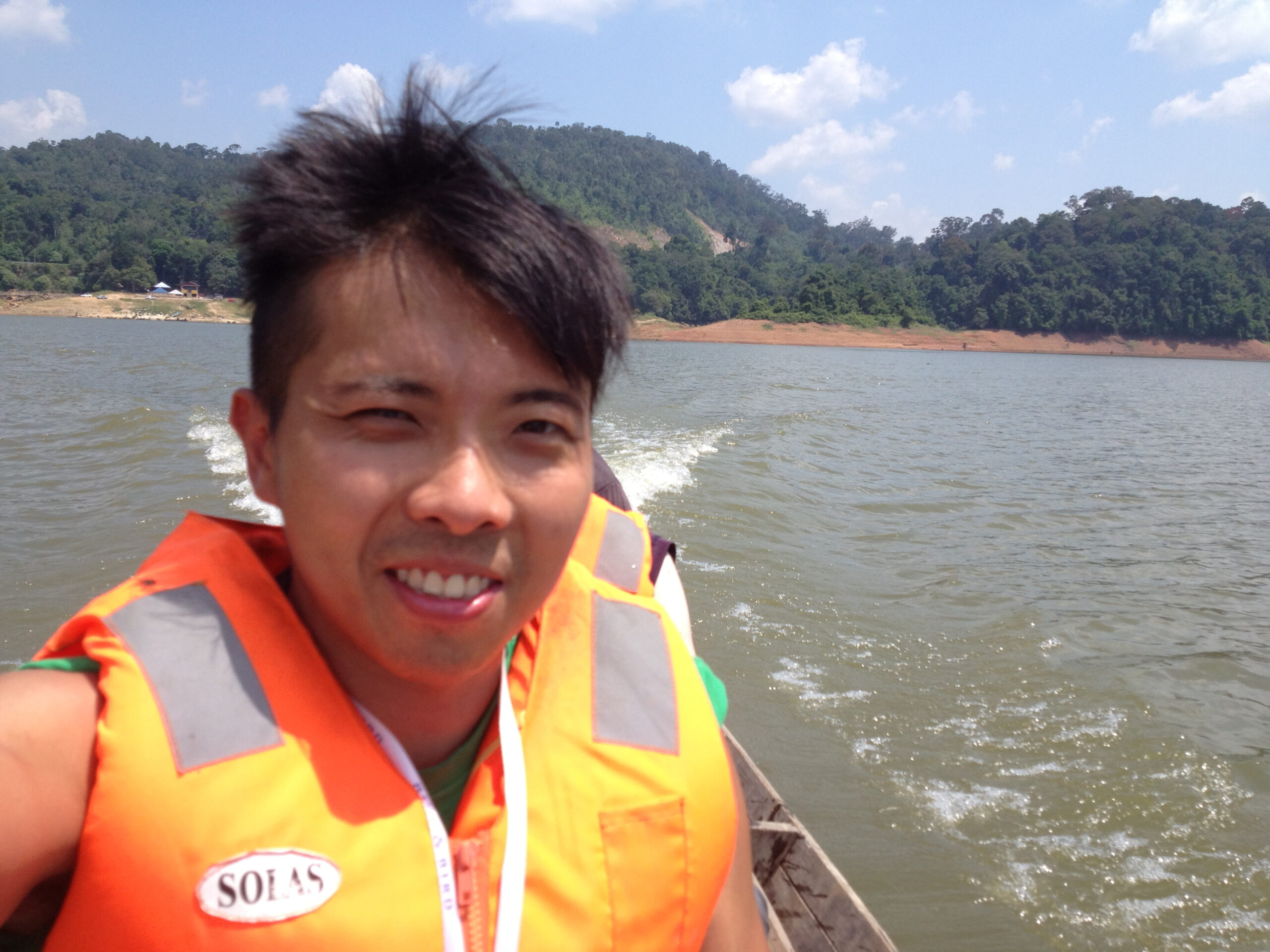
Life Sciences alumnus Dr Cedric Tan’s passion for conservation stems from a deep appreciation of biodiversity and a belief in the interconnectedness between nature and human wellbeing. The complexity of ecosystems, the understanding of the profound impacts human actions have on wildlife and a passion to foster harmonious coexistence between humans and nature, led him to pursue conservation research.
Over time, he discovered that conservation is as much about people and societies as it is about biodiversity. This insight now shapes his approach towards education, research, behavioural science and community engagement.
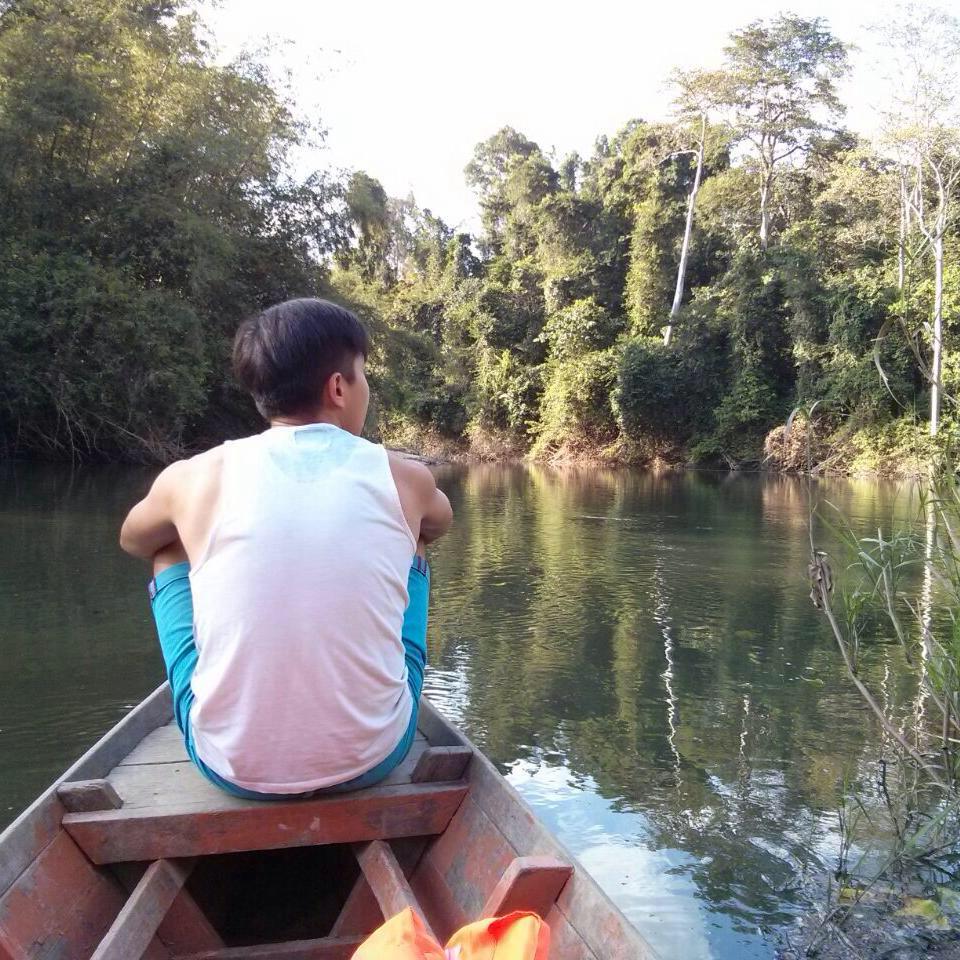
Q What’s a typical day like in the field?
A My work is increasingly on educational innovation; a typical day often involves outreach rather than traditional ecological monitoring.
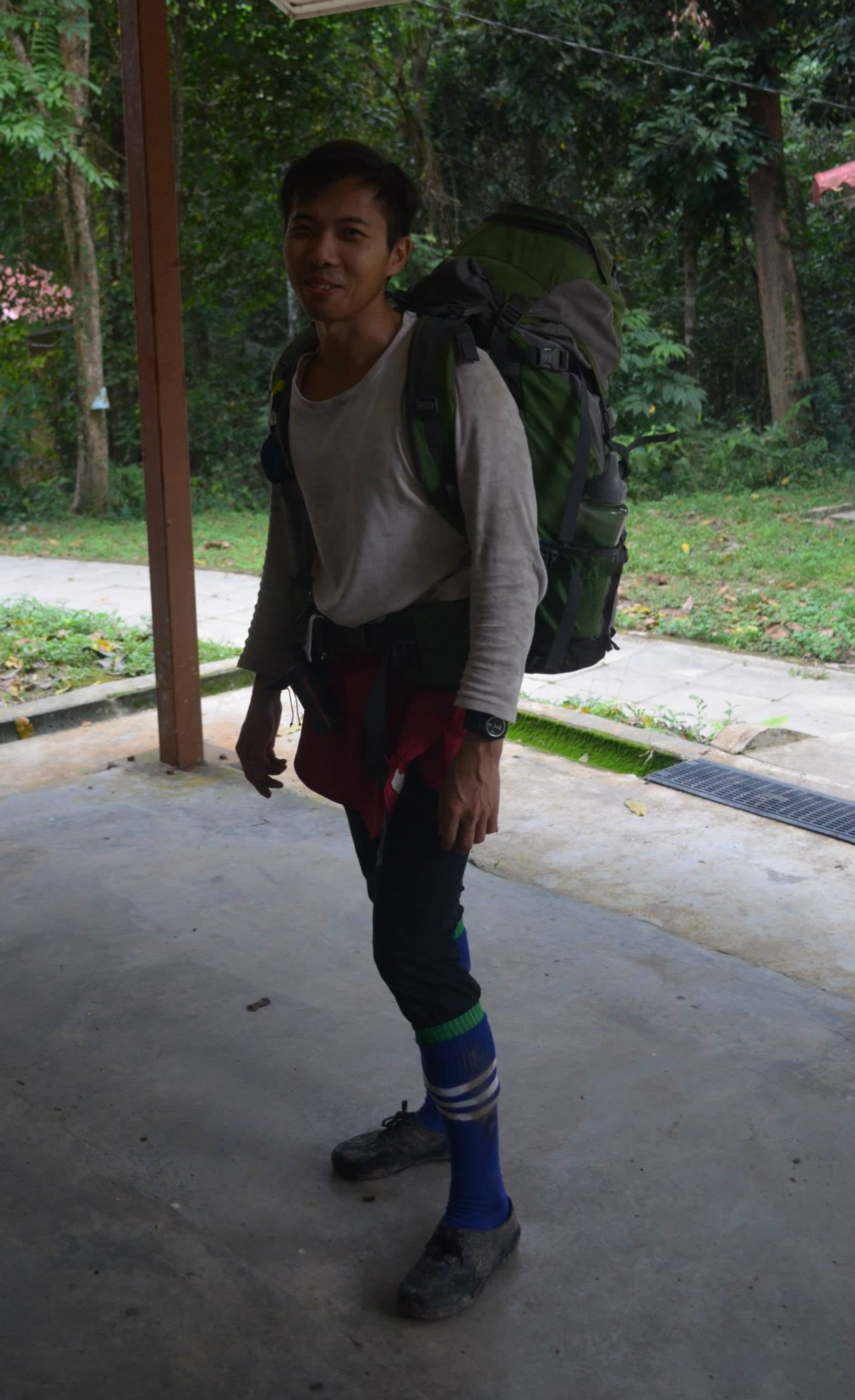
My team and I frequently travel to schools, including those in rural communities, where we host interactive activities, games and storytelling sessions designed to teach environmental concepts in engaging and accessible ways.
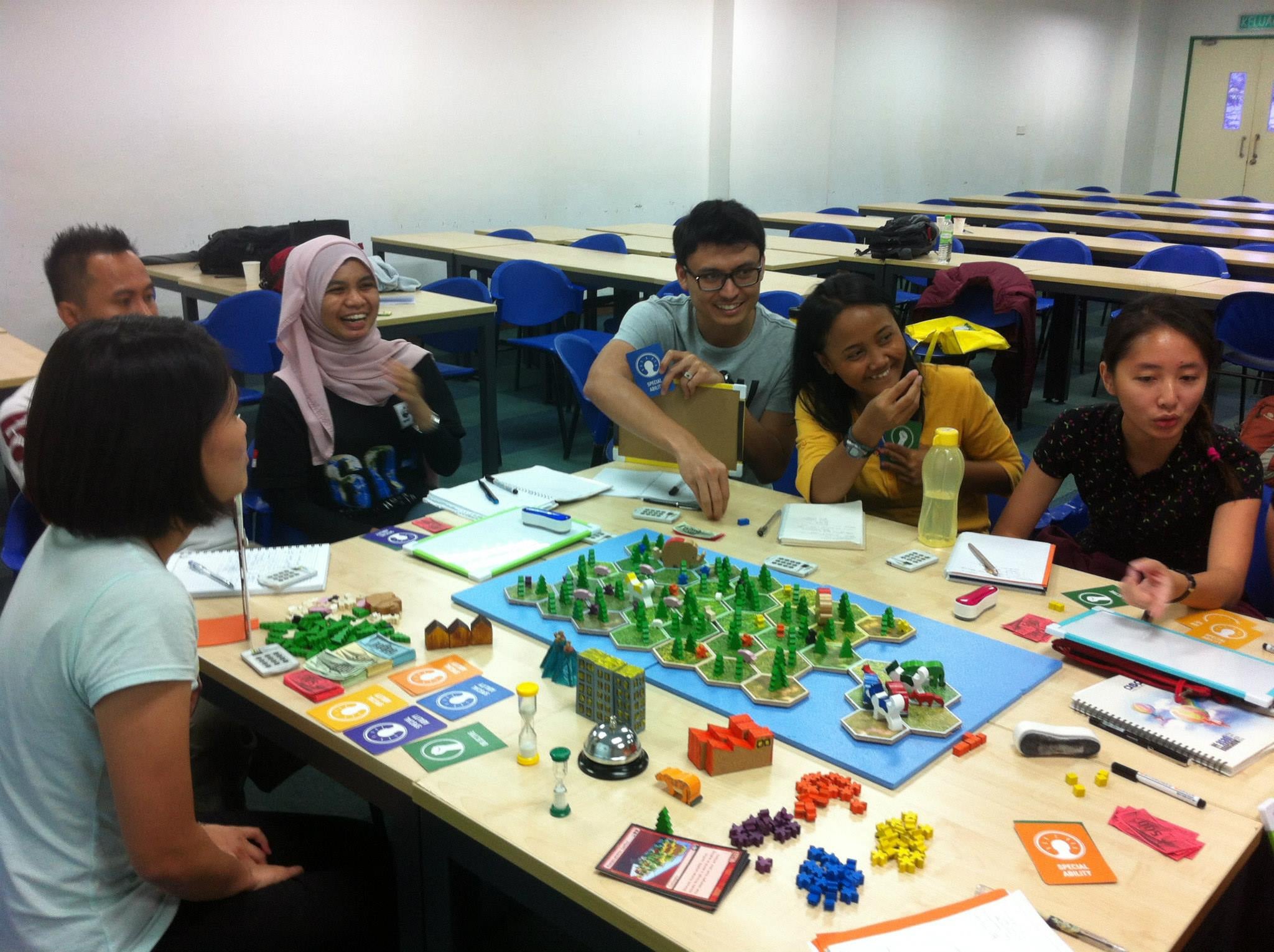
These sessions allow us to gather data on learning outcomes and behavioural shifts, while also fostering curiosity and empathy for nature among young learners.
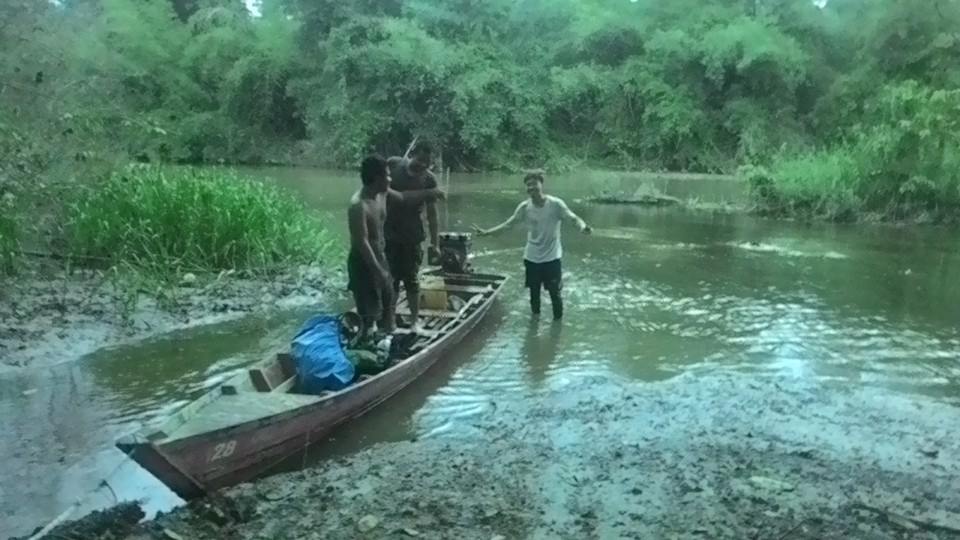
Q What are some of the challenges you face in research and how do you address them?
A One of the key challenges in conservation outreach is ensuring meaningful engagement across diverse learner groups. Reaching students in rural or underserved areas often involves logistical hurdles, language barriers and limited access to digital infrastructure.
To address these challenges, I work closely with local educators and community leaders to co-develop content that is culturally relevant and context-sensitive. Where possible, we use mobile-based surveys and simple observational metrics to collect data. Building trust within communities and adapting to on-the-ground realities are essential components of our approach.
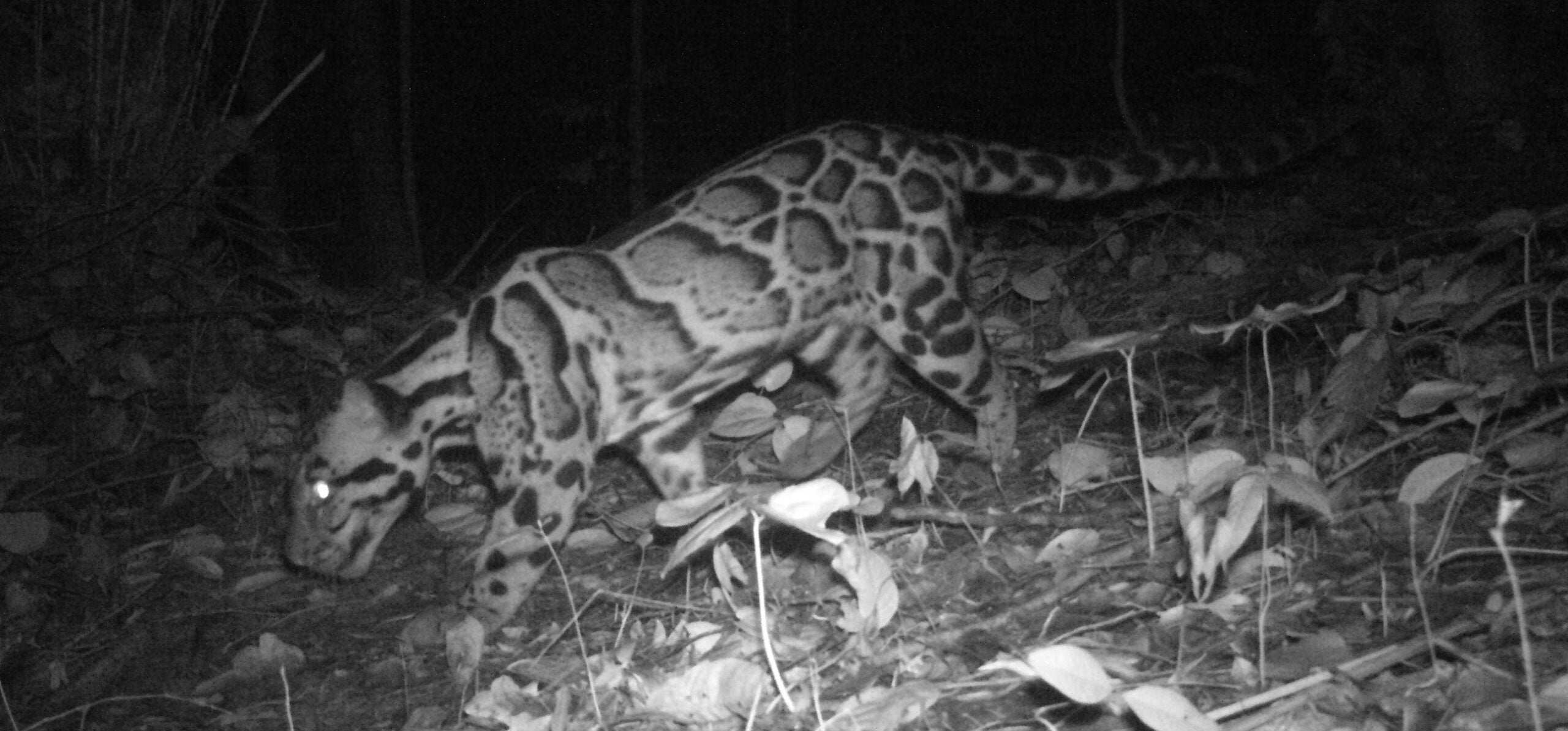
Q Please share some of your key research findings and their impact on society / humanity.
A One of my key research contributions lies in understanding the spatial ecology of large mammals, particularly elephants and clouded leopards.
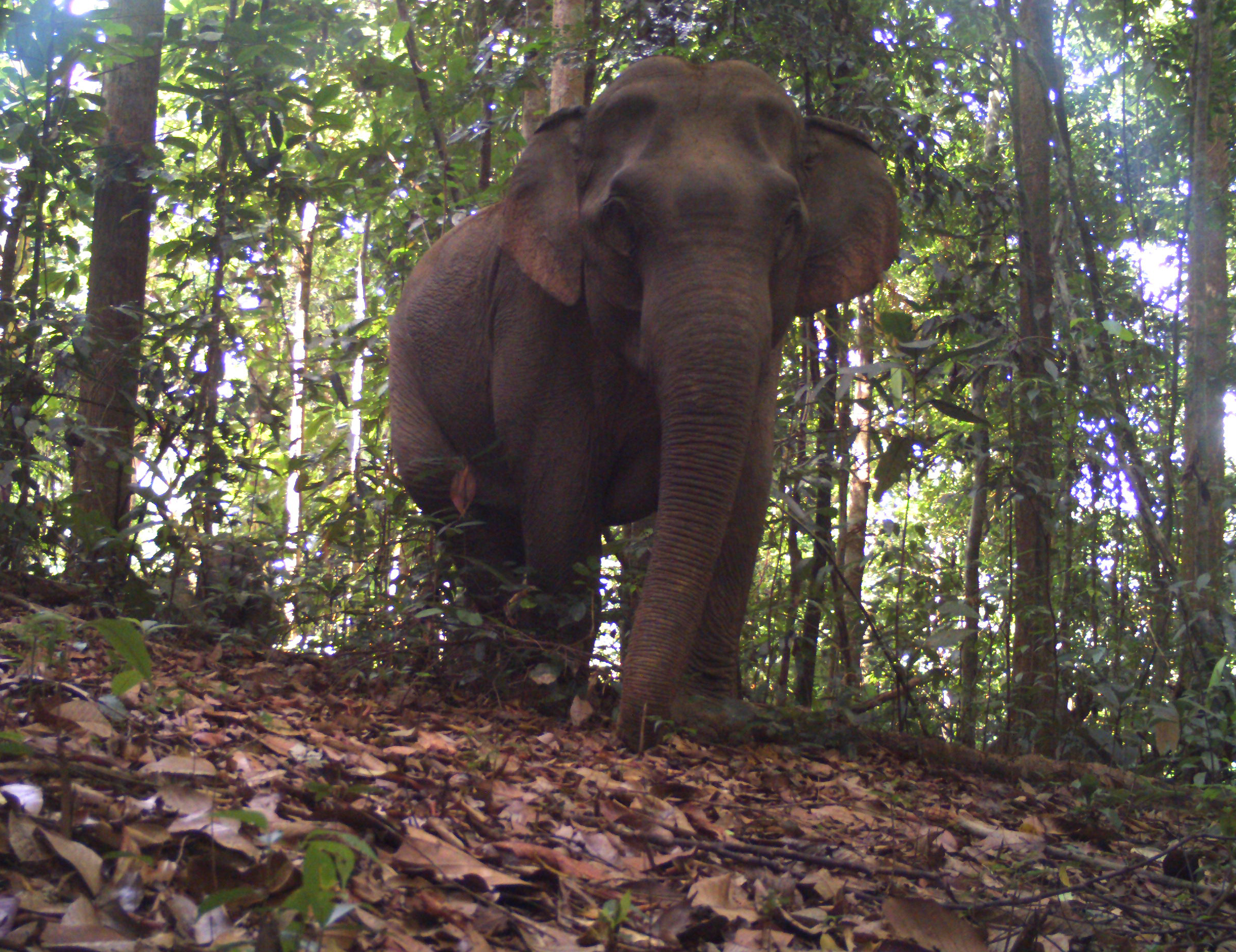
Through telemetry and habitat modelling, our team has identified key corridors and habitats essential for their movement and survival. This information has informed land-use planning and conservation strategies, helping to reduce habitat fragmentation. Additionally, our educational research has shown that immersive experiences can significantly shift public attitudes and increase conservation empathy.
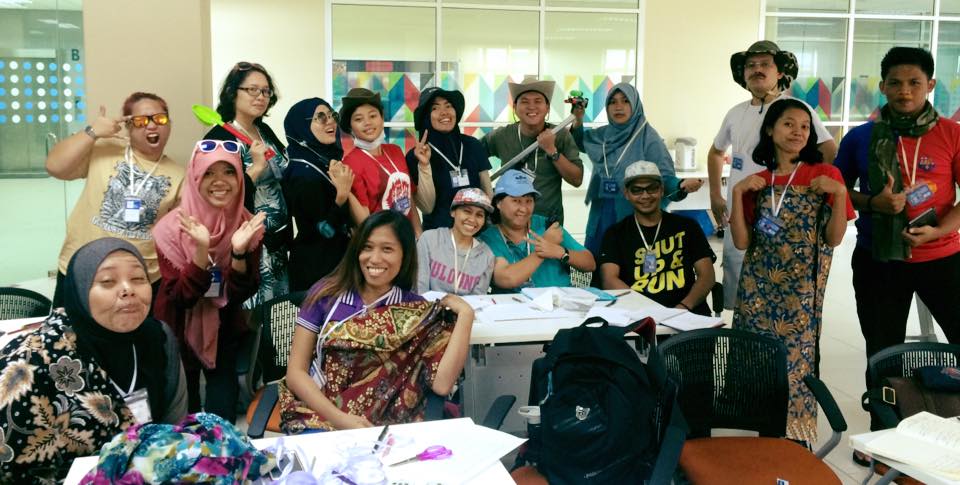
Q How does the future of conservation research look like?
A The future of conservation research lies in embracing interdisciplinarity, technological innovation and inclusivity. Emerging tools such as Artificial Intelligence (AI), machine learning and drones are transforming how we monitor biodiversity and model ecological patterns. Equally important is the integration of local knowledge and the arts to communicate science effectively.
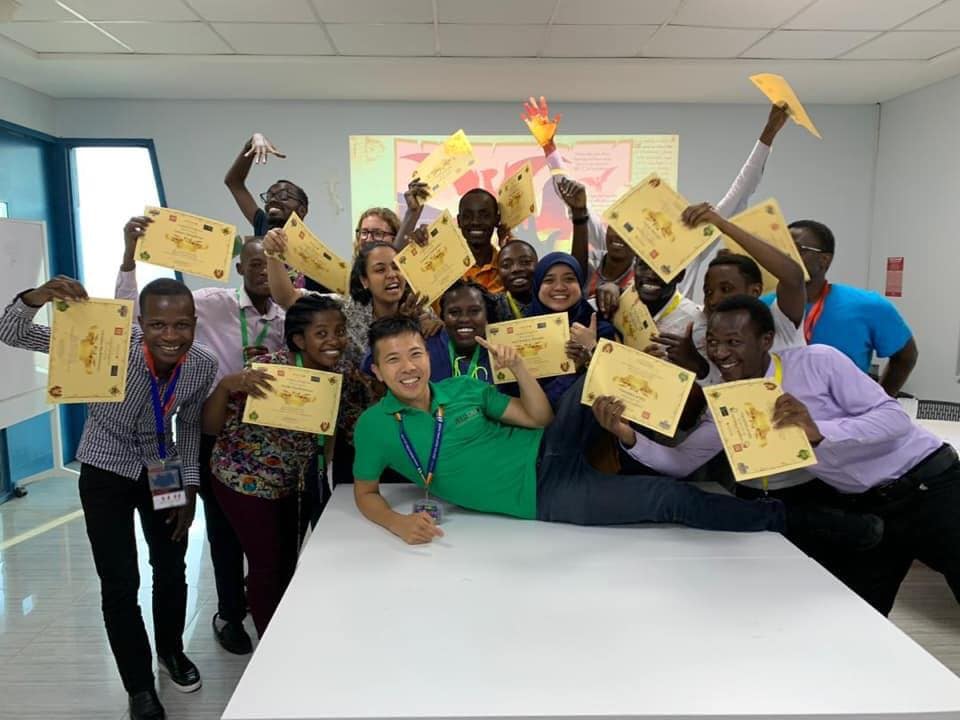
As climate change and urbanisation intensify, conservation research must also adapt by focusing on resilience, adaptive management and behavioural change. I believe the most impactful conservation strategies will be those that are participatory, culturally relevant and scaleable across diverse socio-ecological contexts.

Q You are passionate about environmental outreach and stewardship, especially through the platform of the arts. Please share some of the initiatives that you are most proud of and their impact and outcomes.
A Among the initiatives I am most proud of are the Dance Your PhD videos, which combine choreography and scientific storytelling, and a human-elephant coexistence board game that has been played with 300 over participants. Our escape room on sustainable resource use, funded by National Geographic Society, offers an immersive, memorable way to engage with environmental dilemmas.
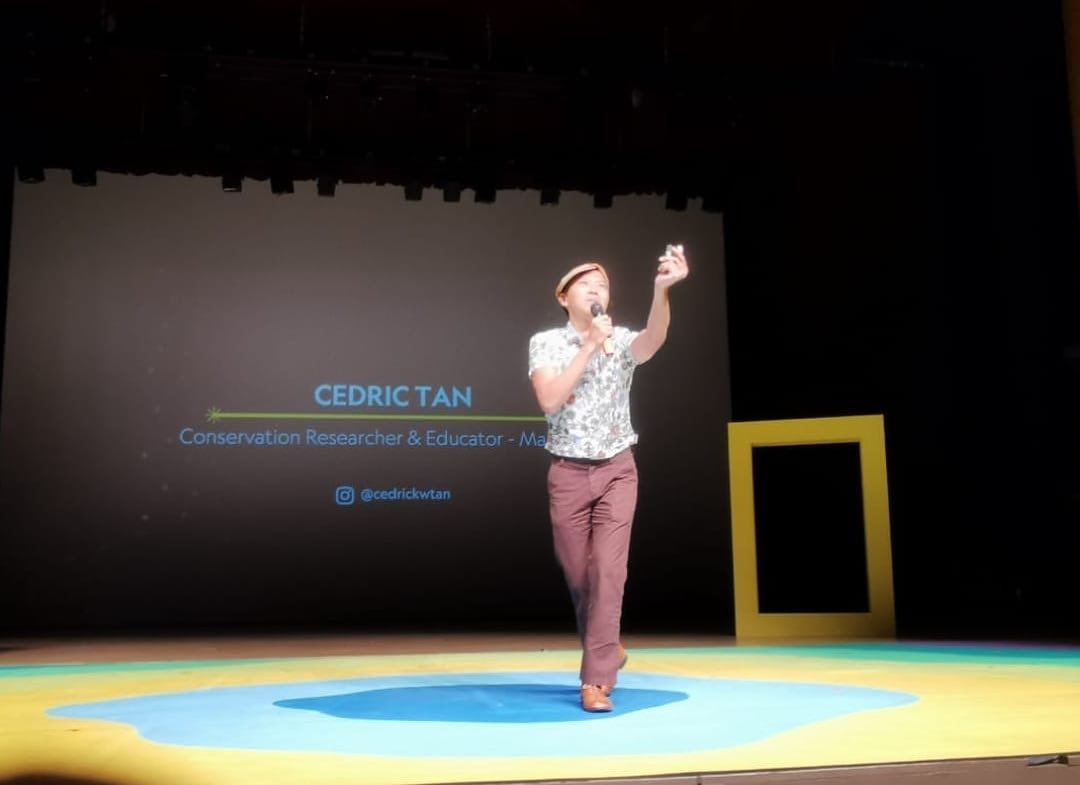
One contribution I am particularly proud of is the Saving Ulu Muda video, which features the forest site where I conduct research on the clouded leopard. The video was part of a wider conservation campaign that included a petition signed by over 100,000 Malaysians.
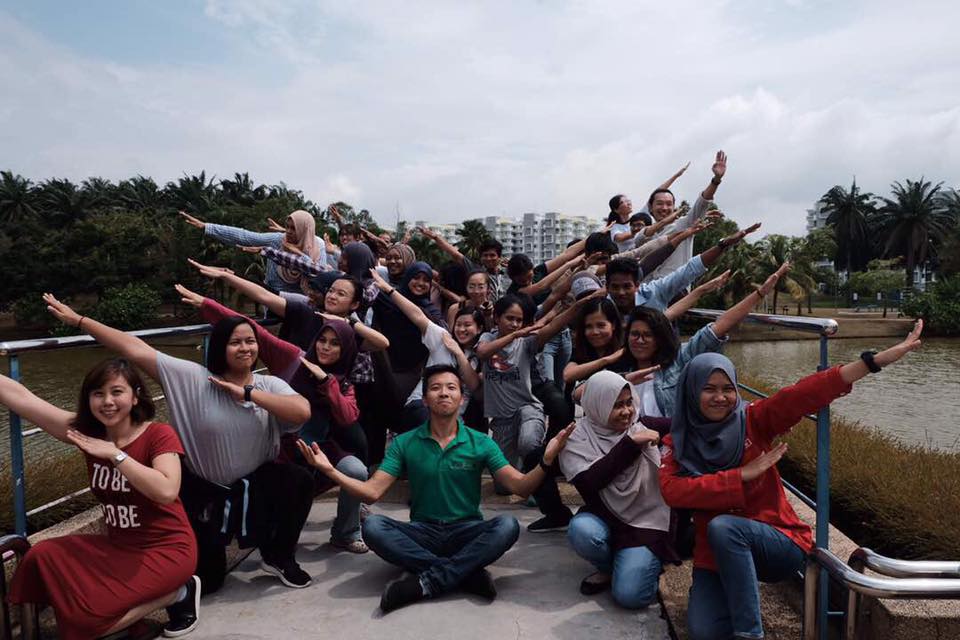
Together, these efforts played a role in the successful advocacy that led to the banning of logging in Ulu Muda in August 2018. These initiatives have demonstrated measurable outcomes, such as increased knowledge retention, heightened engagement, improved conservation attitudes and policy change. They exemplify how the arts can serve as powerful conduits for science communication.
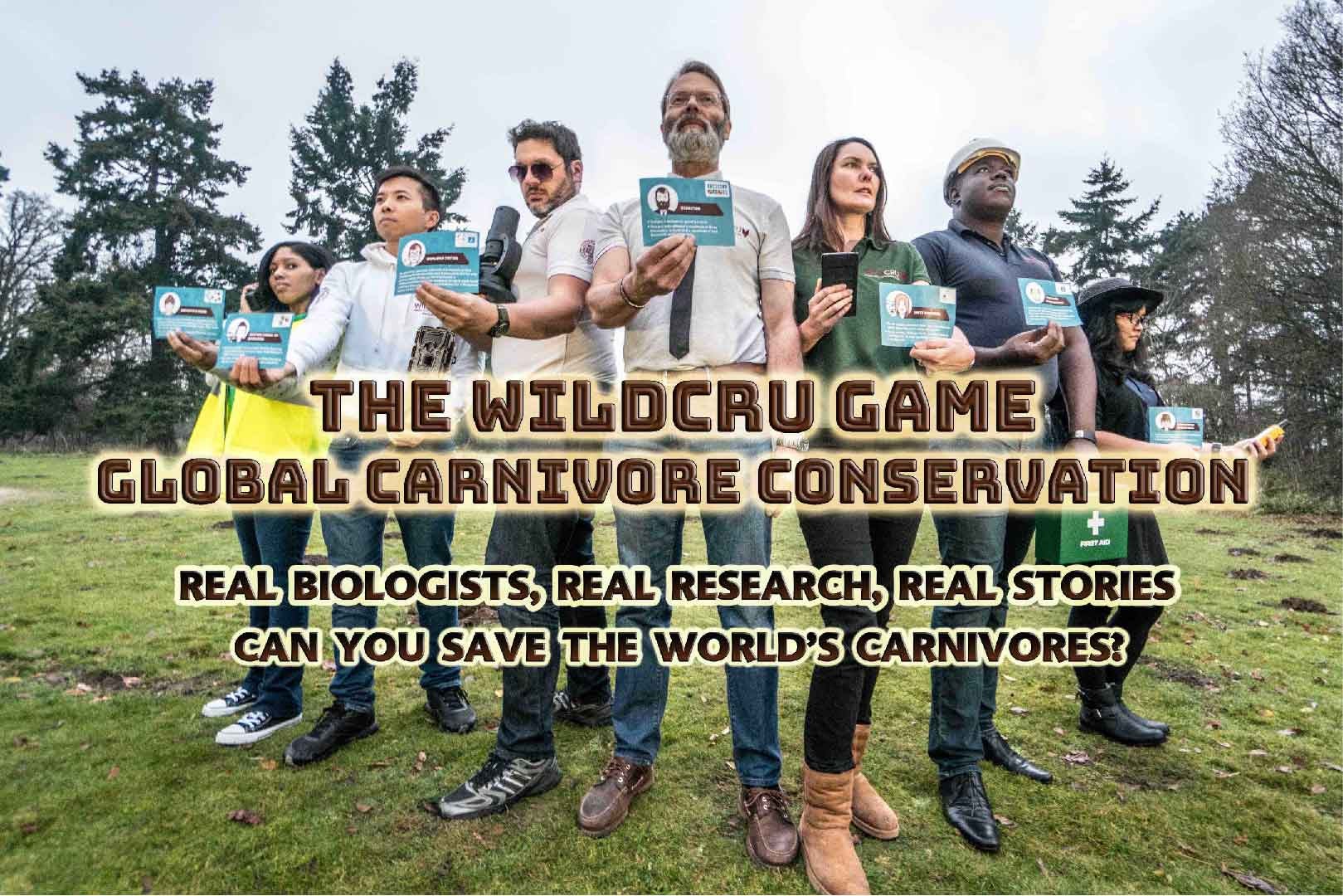
Q How can we get people to care about environmental conservation?
A We need to frame conservation in ways that connect with people's everyday lives - through food, culture, health and stories. Interactive platforms such as games, social media and the arts can bridge this gap effectively.
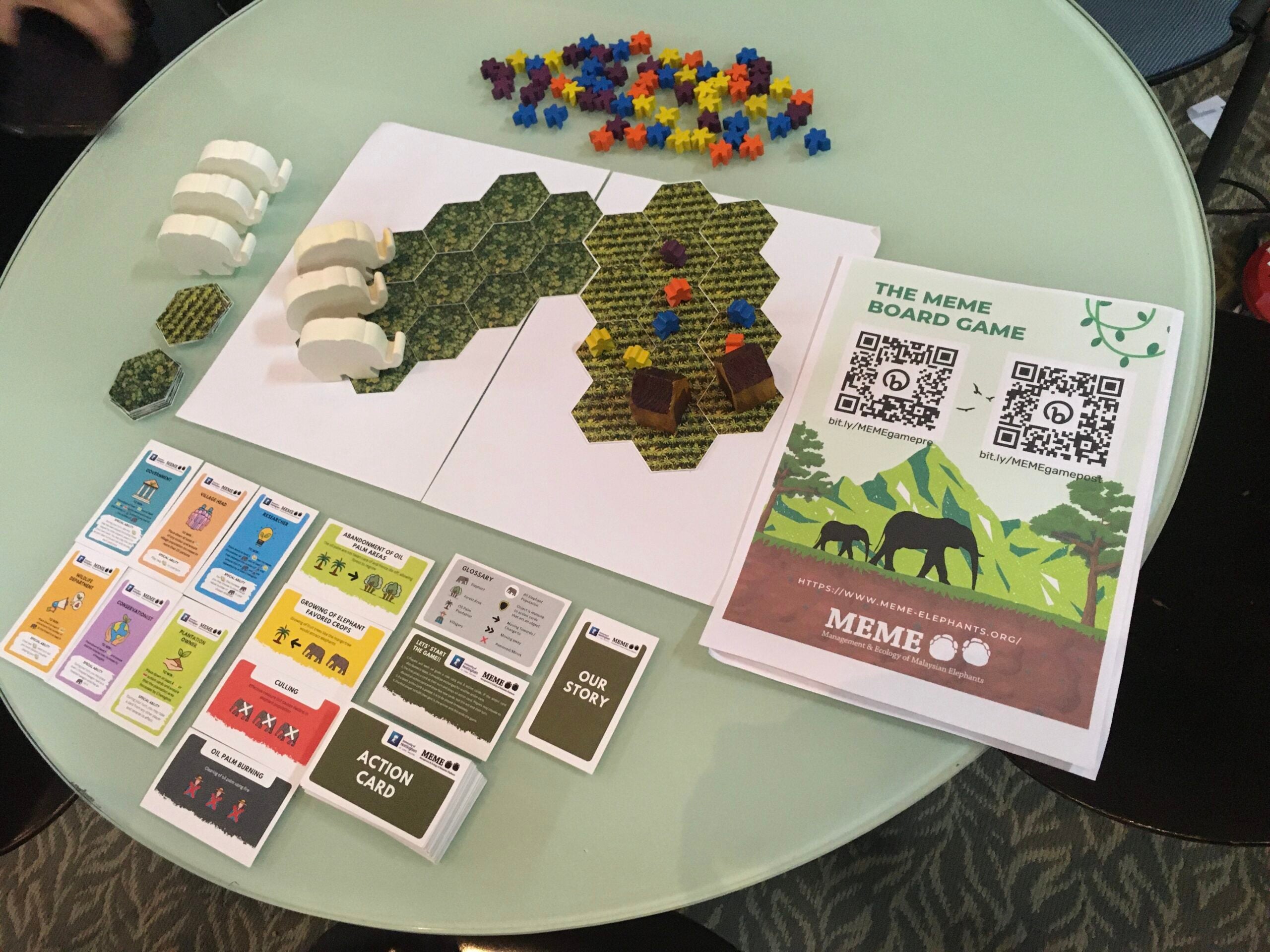
To counter indifference, we must shift from a narrative of doom to one of agency - showing people that their actions matter and celebrating success stories.

